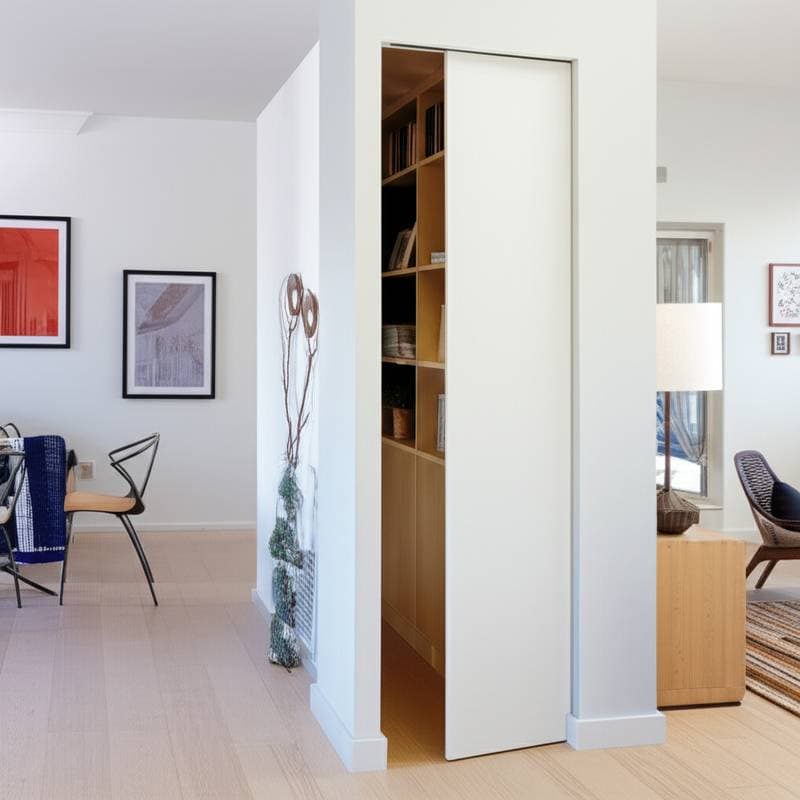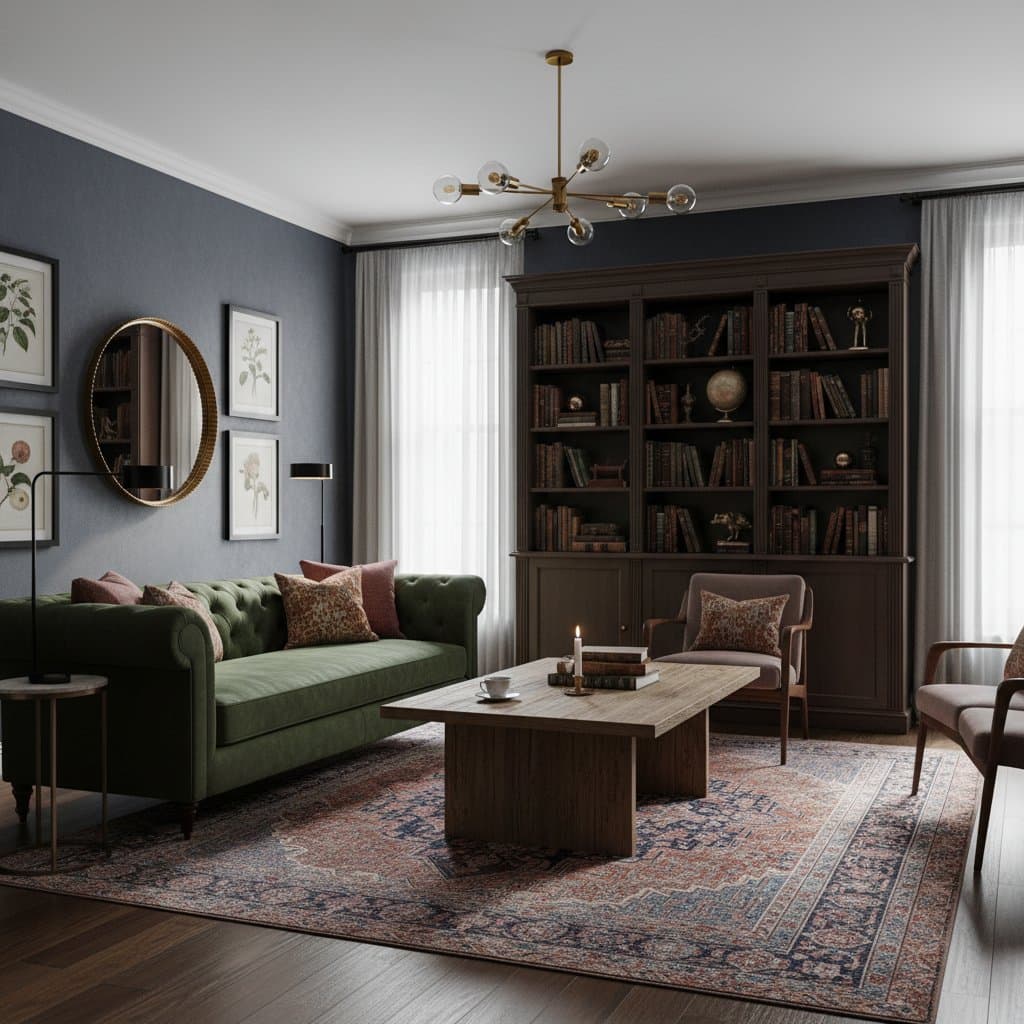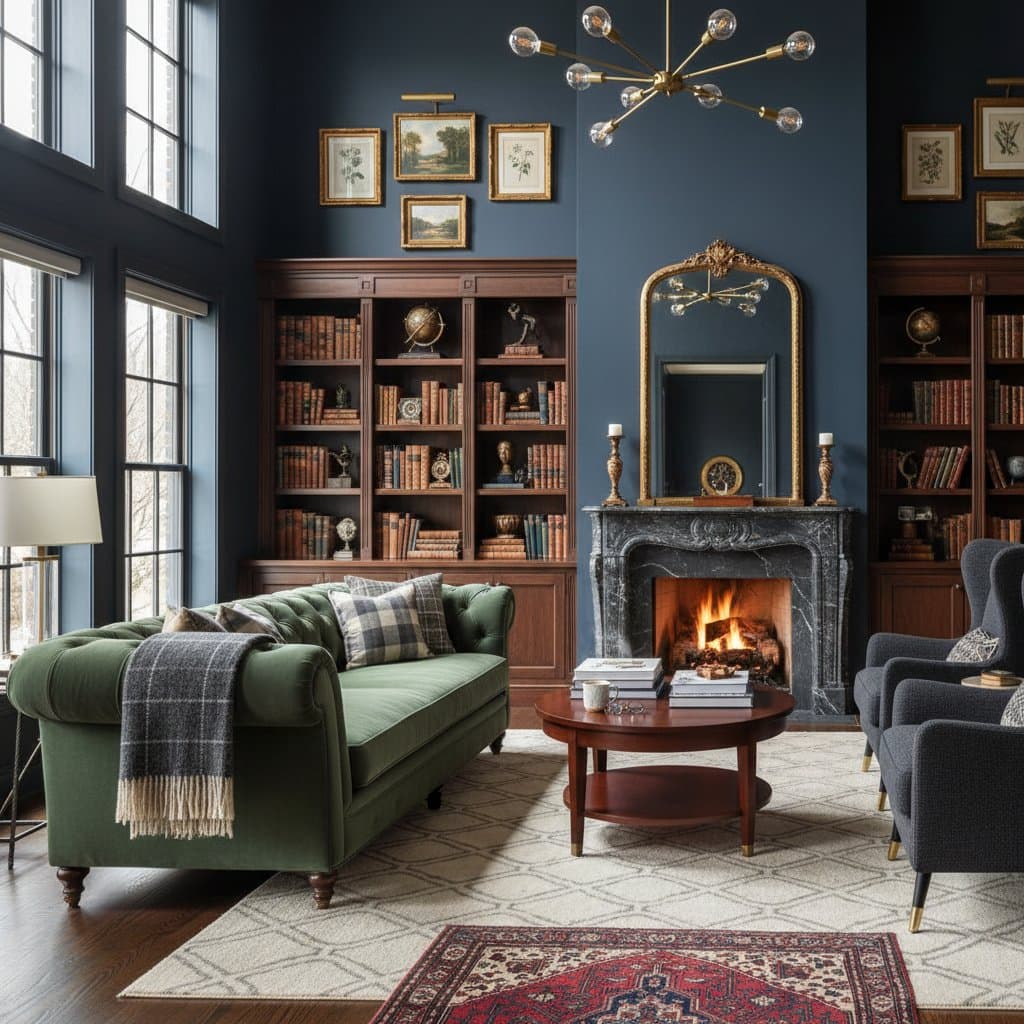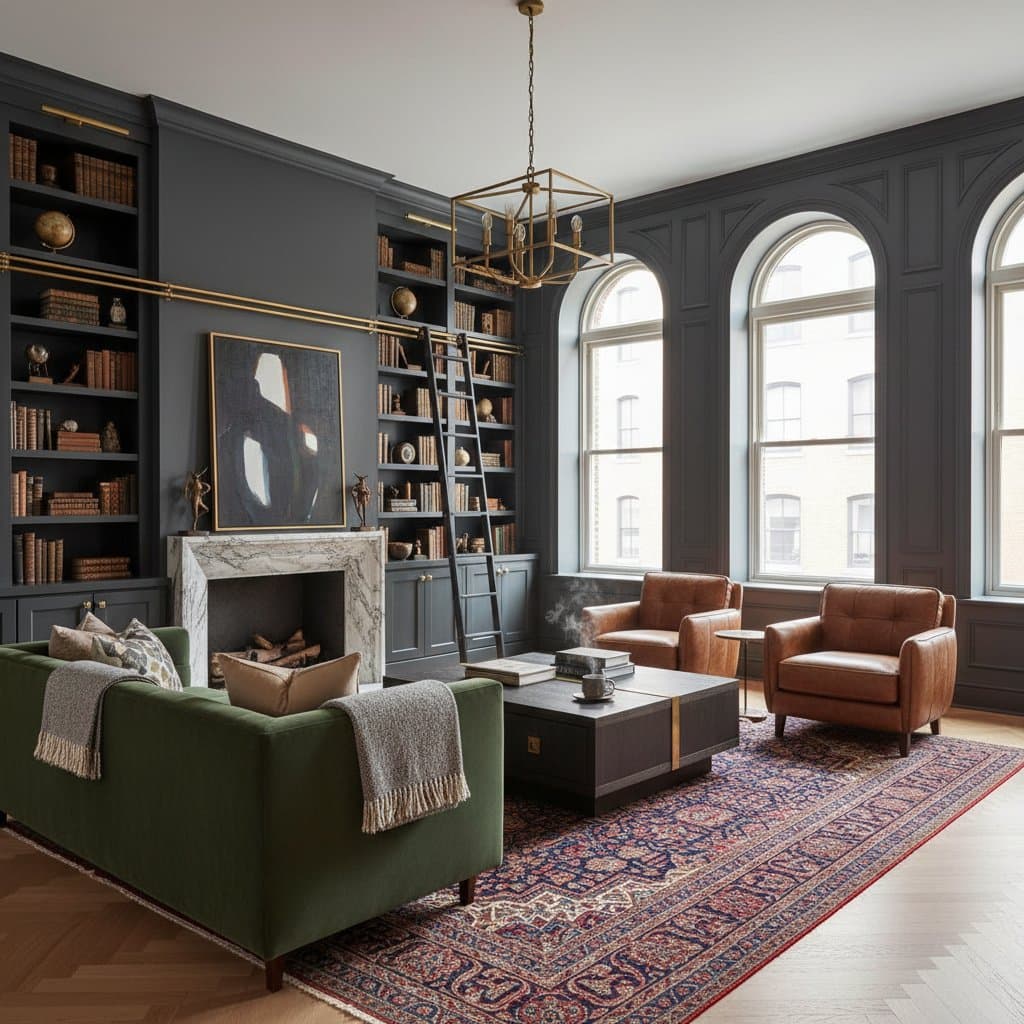Hidden Doors: Enhancing Home Value and Functionality in 2025
Hidden doors represent a sophisticated evolution in home design, seamlessly integrating functionality with aesthetics. These features conceal entrances behind ordinary surfaces like walls or bookshelves, offering privacy and surprise without disrupting visual harmony. In 2025, they emerge as a key trend, projected to increase property values by up to 6 percent through innovative space utilization and modern appeal.
Homeowners appreciate how hidden doors transform ordinary spaces into dynamic environments. They address common challenges such as limited square footage in urban settings. By incorporating these elements, properties gain a competitive edge in the real estate market.
Understanding Hidden Doors
Hidden doors function as concealed entryways that blend into surrounding architecture. Unlike traditional doors, they lack visible frames or hardware, creating an illusion of continuity. This design choice suits contemporary interiors where minimalism prevails.
The concept draws from historical precedents, such as secret passages in grand estates, but adapts to modern needs. Today, they serve practical purposes like hiding storage areas or creating private retreats. Their versatility makes them suitable for various room types, from living areas to bedrooms.
The Value Boost: Why Hidden Doors Matter in 2025
Market analyses indicate that unique architectural features like hidden doors contribute significantly to perceived home worth. Buyers in 2025 prioritize homes that offer both style and efficiency, with hidden doors fulfilling these criteria. Real estate experts estimate a 6 percent uplift in resale value for properties featuring such installations.
This increase stems from enhanced usability and aesthetic refinement. Hidden doors optimize floor plans by eliminating bulky door swings, freeing up space for furniture or activities. They also appeal to buyers seeking innovative designs that reflect current trends in smart, adaptable living.
Privacy emerges as another compelling benefit. In open-concept layouts, hidden doors provide discreet access to personal spaces, maintaining an airy feel while ensuring seclusion. This balance resonates with families and professionals alike, elevating the overall desirability of the home.
Types of Hidden Doors for Every Home
Pocket doors slide into wall cavities, ideal for tight spaces like hallways or bathrooms. Installation requires precise framing to accommodate the sliding mechanism, but the result offers smooth operation and space savings. These doors suit minimalist designs where clean lines dominate.
Bookcase doors mimic library panels, pivoting or sliding to reveal hidden rooms. Crafted from wood or composite materials, they add a touch of intrigue and storage. Homeowners often pair them with adjustable shelves for dual functionality.
Murphy-style hidden doors fold or pivot upward, concealing home offices or guest areas. They maximize vertical space in compact homes, unfolding only when needed. This type proves popular in multi-functional rooms where versatility reigns.
For a custom approach, consider flush-mounted panels that integrate with wall textures. These options allow for creative finishes, such as mirroring surrounding paint or wallpaper. Professional designers recommend selecting types based on traffic flow and room purpose.
Installation Tips for Seamless Integration
Begin with a thorough assessment of your home's structure. Measure the intended space carefully, accounting for door thickness and track systems. Consult blueprints to avoid electrical or plumbing obstructions during the process.
Select high-quality materials that match existing decor. Hardwood frames ensure durability, while soft-close mechanisms prevent slamming. If DIY appeals, start with pre-fabricated kits, but hire specialists for complex installations to guarantee safety and precision.
Professional installation typically involves reinforcing walls and aligning tracks. Expect the process to take one to three days, depending on door size and type. Post-installation, test functionality repeatedly to confirm smooth operation.
Maintenance remains straightforward. Lubricate tracks annually and inspect hinges for wear. Proper care extends the lifespan, preserving both appearance and value added to the property.
Cost Insights and Return on Investment
Budget for hidden doors varies by type and materials. Basic pocket doors start at $1,000, including installation, while custom bookcase designs reach $5,000 or more. Factor in additional expenses for custom finishes or structural modifications.
Despite upfront costs, the return proves worthwhile. The 6 percent value increase often recoups the investment within a few years of resale. Energy-efficient options, like insulated panels, further enhance long-term savings.
Homeowners report satisfaction with the aesthetic and practical gains. Consider financing through home improvement loans if needed. Weigh options against traditional upgrades to maximize impact within your budget.
Choosing the Right Hidden Door for Your Space
Evaluate your home's layout and lifestyle needs first. High-traffic areas benefit from durable, easy-to-operate models, while decorative spaces suit ornate designs. Test samples in lighting conditions similar to your home for accurate visualization.
Collaborate with interior specialists for tailored advice. They assess feasibility and suggest complementary elements, such as lighting or hardware. Prioritize safety features, especially in homes with children or elderly residents.
Trends in 2025 favor smart integrations, like app-controlled locks. These additions elevate convenience without compromising the hidden aesthetic. Select features that align with your vision for a modern, efficient home.
Realizing the Full Potential of Your Home
Incorporating hidden doors elevates everyday living while positioning your property for future success. They deliver immediate benefits in space and privacy, fostering a sense of luxury and innovation. As 2025 approaches, embrace this trend to unlock untapped value in your living environment.
Explore options that resonate with your style, and witness the transformation. Your home becomes not just a residence, but a showcase of thoughtful design. The result: a space that functions beautifully and appreciates in worth.







